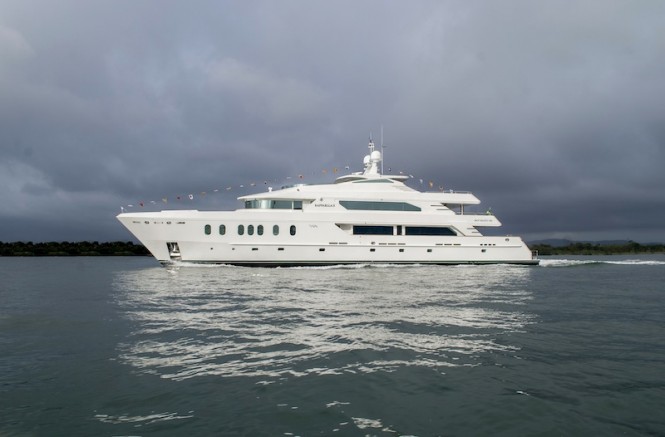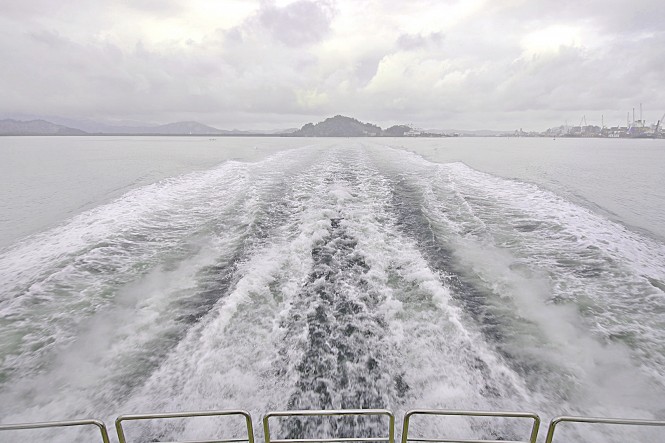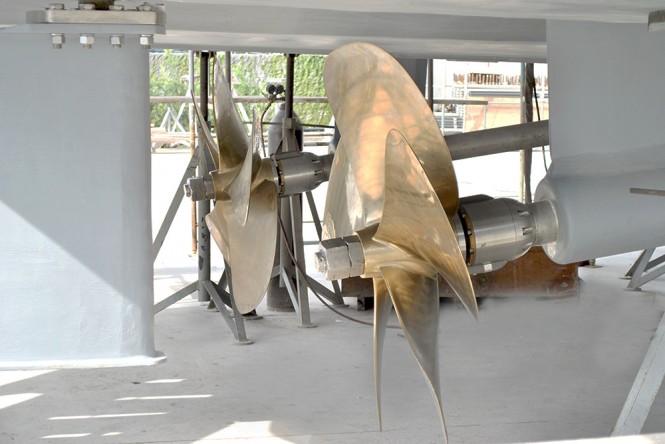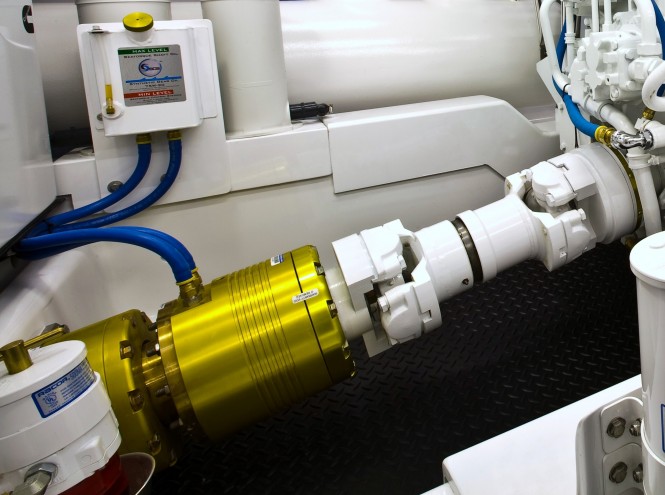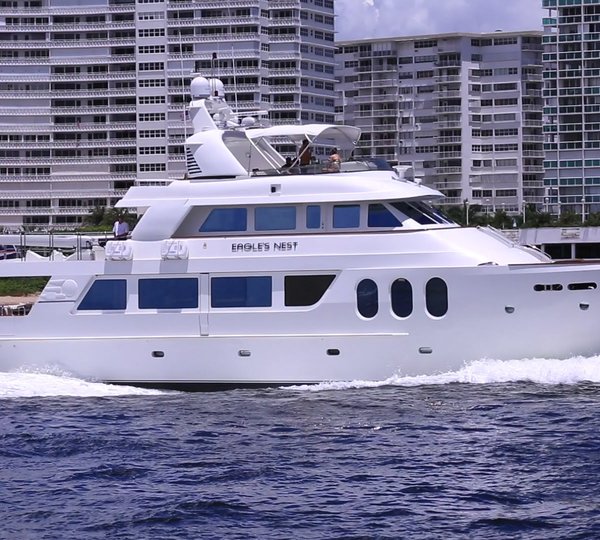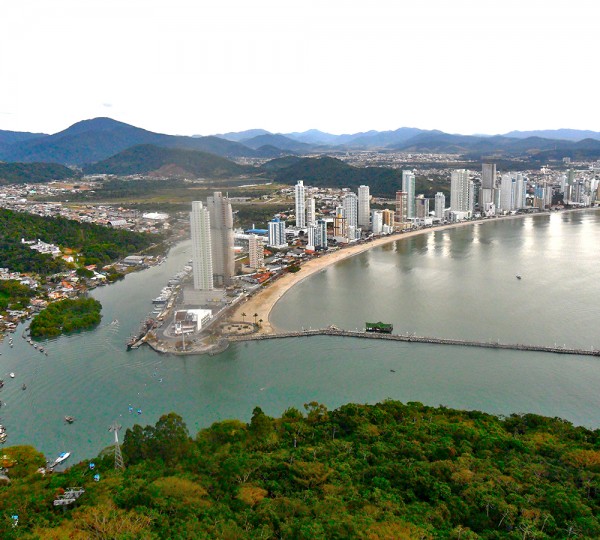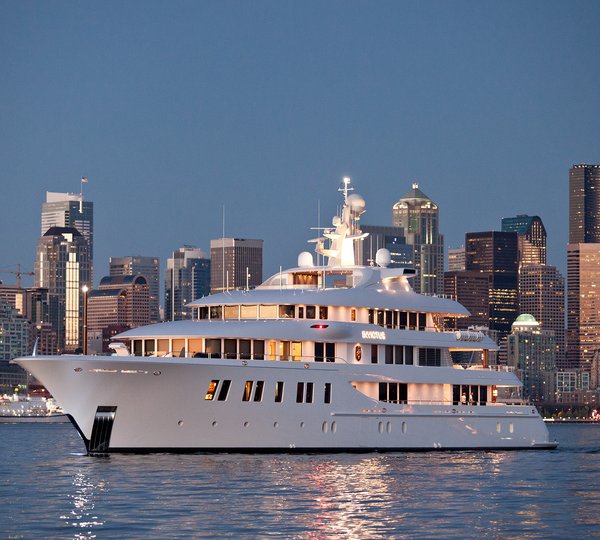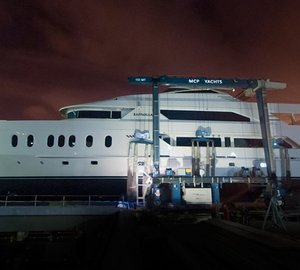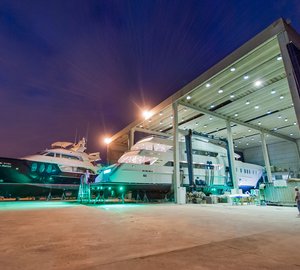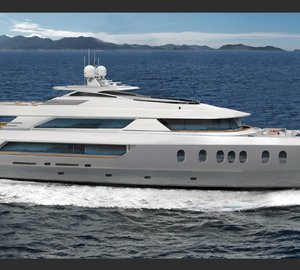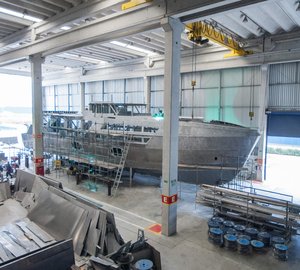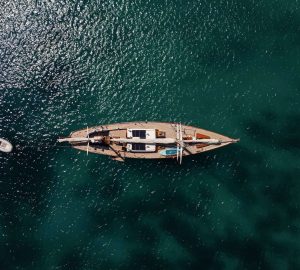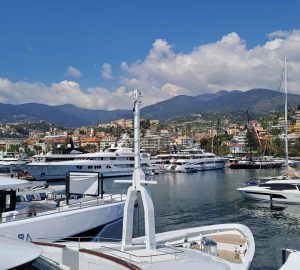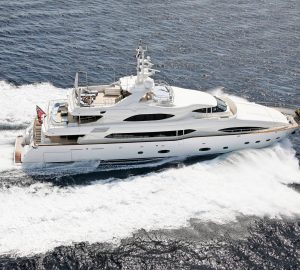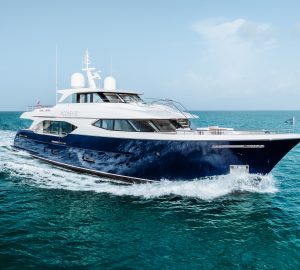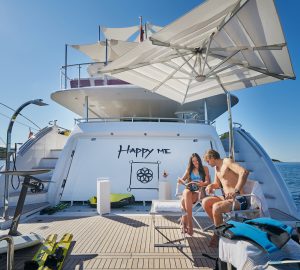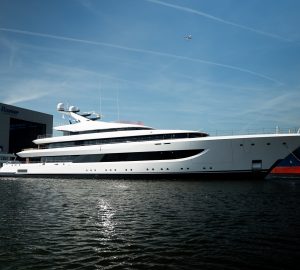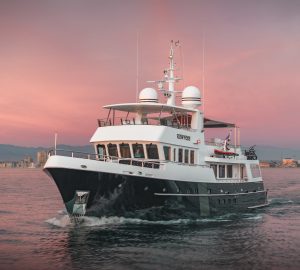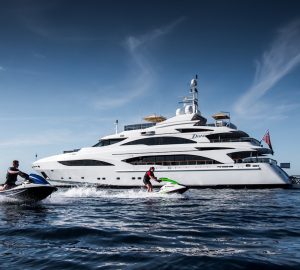The Brazilian builder of luxury superyachts, MCP Yachts has credited Seatorque Control Systems for contributing to the exceptional performance of its latest launch – the Hemisphere 140 motor yacht Raffaella II. Including Seatorque’s one-of-a-kind enclosed drive shaft system, the 43-meter aluminium yacht, powered by twin Caterpillar C32 1825 HP engines, reached a maximum cruising speed of 22 knots during sea trials with an 85 percent load and 167 metric tons displacement, as announced by MCP’s president Manoel Chaves. Superyacht RAFFAELLA II features a pair M3-400 single-piece Seatorque shaft systems, each 22 feet in length, accommodating the vessel’s four-inch diameter shafts.
“The vessel’s light weight, propeller design and shaft system all add together to make a huge difference,” said Chavez. “In all my years on the water, I have never witnessed a vessel this size with a comparable power package to cruise at this speed. Thanks to Seatorque’s enclosed shaft system, the vessel achieved maximum horsepower, experienced zero shaft noise and vibration, and produced very little wake.
Launched in July, Raffaella II yacht is the largest yacht built in Brazil to date and the largest aluminium yacht ever constructed in South America. The vessel was designed by MCP in collaboration with Vripack and built at the MCP shipyard in Guarujá . It is the third vessel built by MCP Yachts to include the Seatorque Enclosed Shaft System.
According to Seatorque executive vice president Jana Stolper, the Seatorque Enclosed Shaft System is growing in popularity among superyacht builders, as evidenced by the 2012 installation on the highly-acclaimed McConaghy Yachts Adastra trimaran, designed by John Shuttleworth. This futuristic 140-foot trimaran, powered by a single Caterpillar 1,000 HP C18 engine, features an Seatorque ST-300, 32-foot, one-piece enclosed shaft system.
The Seatorque Enclosed Shaft System is a self-contained, oil filled, shaft and thrust bearing assembly designed for yachts of all sizes. The system is supplied as a single unit from the propeller end to the engine input coupling accommodating any length shaft and diameters up to seven inches. Operating as a self-contained unit, the Seatorque system allows propeller thrust to be fielded by internal bearings and delivered through the shaft’s mounting system supported by the structure of the vessel, rather than the vessel’s engines and isolators. This reduces vibration and noise and increase the life expectancy of the engines and transmission mounts. The Seatorque system connects the shaft to the engine using flexible universal joint assemblies. This eliminates leaking stuffing boxes, seals, cutlass bearings and associated shaft wear. The use of universal joint assemblies also eliminates damaging engine-to-shaft misalignment and reduces installation and alignment time by more than half. The elimination of cutlass bearings and stuffing boxes results in an average eight percent increase in horsepower, allowing for greater fuel economy and range. In addition, water flow is undisturbed by the non-rotating casing of the shaft assembly, allowing clean water flow to the propeller. This translates into an increase of thrust arc around the propeller, contributing to the efficiency of horsepower delivery.
“The Seatorque system replaces the traditional multiple-component shaft system with a single piece of equipment that is simple to install and improves the performance and efficiency of any vessel, while greatly reducing shaft noise and vibration,” said Stolper. “These are very important benefits for yacht owners, especially those accustomed to long-range travel.”

